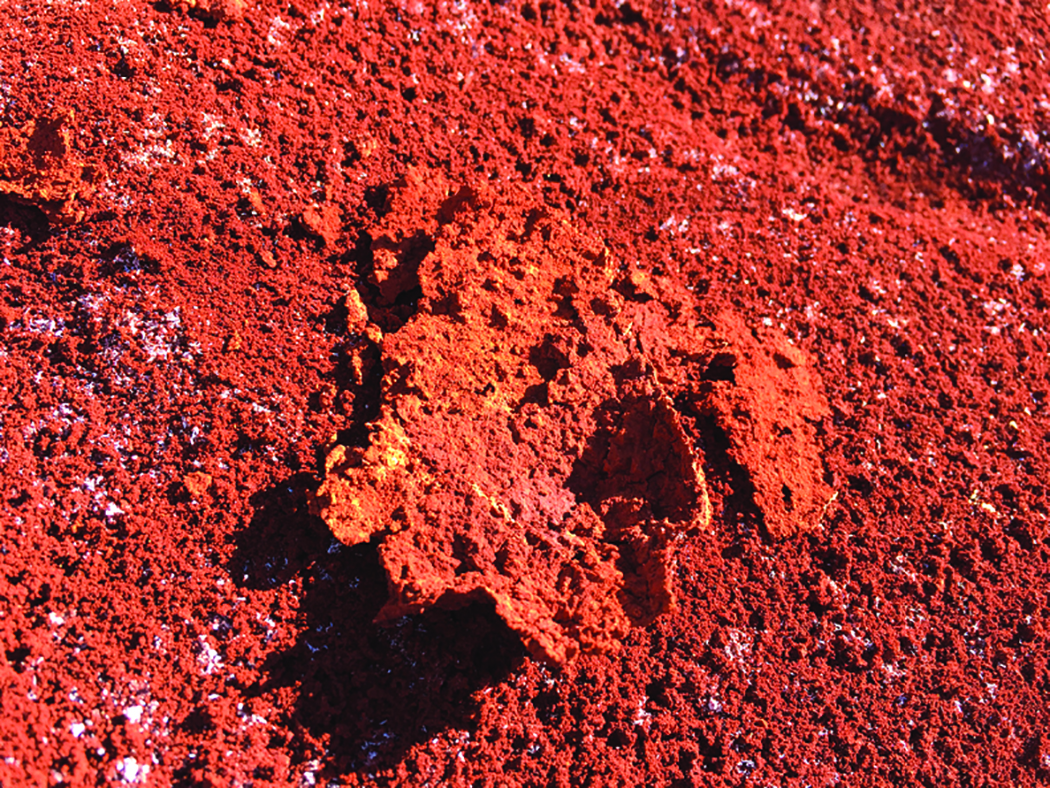
High alkalinity and salinity combine to make red mud a refinery waste product that’s difficult and expensive to manage, but current research is focused on overcoming the chemical barriers standing in the way of rehabilitation.
Technology that could rehabilitate mine waste back to useful soil is entering full-scale trials at alumina refineries in Queensland.
Researchers at The University of Queensland’s Sustainable Minerals Institute (SMI) developed the eco-engineering technology in partnership with Rio Tinto and Queensland Alumina Limited (QAL).
SMI Professor Longbin Huang said the process would transform the bauxite residue known as “red mud” into a soil-like material capable of hosting plant life.
“The team has secured more than $3 million in funding from Rio Tinto and QAL that will allow us to trial the technology at an operational scale at two red mud sites,” Huang said, noting that Rio Tinto and QAL have supported the research for the past eight years, from proof of concept to full field trials.
It’s estimated that there are more than 4 billion metric tons of red mud stored in dams around the world, with Australia being the second-largest producer of mineral waste. “The salinity and alkalinity associated with the minerals in red mud means rehabilitation can be challenging,” Huang said.
“The process we have developed is game changing as it involves eco-engineering the mineral and organic constituents of the red mud into material that is more hospitable to plant life. It is a more sustainable and cost-effective way of managing red mud compared to traditional methods, which require
companies to excavate and transport meters of topsoil from other locations to cover thousands of hectares of waste landscapes.
“Alumina refineries in Australia and overseas are facing enormous environmental and economic challenges in rehabilitating red mud as conventional methods to develop sustainable ecosystems are very expensive. Large amounts of caustic soda and alkaline minerals remain in the red mud, making it difficult to overcome the extremely alkaline and salty conditions in the short-term.
“This new research aims to understand the fundamental processes to break barriers of persistent and reversible alkalinity and salinity in red mud within a short time frame, and improve the reliability and operability of the new technology, which has been the biggest obstacle to many decades of efforts to rehabilitate the vast areas of red mud landscapes worldwide.”
Australia is the world’s second-largest alumina producer accounting for around 20% of global production.









